The Hidden Ecosystem: Unveiling the Role of Fungi in Nature’s Web
When we think of ecosystems, we often envision grand forests, colorful flower meadows, or vast oceans buzzing with life. However, beneath the surface and often out of sight lies a complex, interconnected world that is just as vital: the fungal kingdom. Fungi, often unjustly overshadowed by more charismatic organisms, play a crucial yet often hidden role in maintaining the health of our planet.
The Diversity of Fungi
Fungi are an incredibly diverse group of organisms that include yeasts, molds, and mushrooms. With an estimated 3.8 million species, they vary significantly in size, shape, and habitat. From the large puffball mushrooms in the woods to the microscopic yeasts in our bread, fungi fulfill a myriad of roles in ecosystems around the globe.
Symbiotic Relationships
One of the most fascinating aspects of fungi is their ability to form symbiotic relationships with plants and other organisms. One of the most well-known of these relationships is mycorrhizae. Mycorrhizal fungi live in close association with plant roots, increasing the surface area for water and nutrient absorption. In return, plants provide fungi with carbohydrates produced through photosynthesis. This mutualistic relationship enhances plant growth, which in turn supports all the organisms that rely on plants for food.
Additionally, fungi engage in relationships with animals. For instance, leafcutter ants cultivate fungi in their colonies. They cut leaves, bring them back to their nests, and use them to grow their fungal crops, which serve as their primary food source. This intricate partnership showcases how fungi contribute to the survival of other species, including humans.
Decomposers of the Ecosystem
Fungi are pivotal players in the decomposition process. As decomposers, they break down complex organic materials, such as dead plants and animal remains, into simpler substances. This process recycles nutrients back into the soil, enriching it and making it available for plant uptake. Without fungi, ecosystems would be overwhelmed with decomposing material, nutrients would become locked away, and the cycle of life would be severely disrupted.
Soil Health and Biodiversity
Healthy soils are alive with fungal activity. The underground network of mycorrhizal fungi forms a "wood wide web," facilitating communication and resource sharing among trees and plants. This underground network supports biodiversity by promoting a diverse array of plant species, which, in turn, supports a variety of animal life.
Research indicates that plants in healthy, mycorrhizal-rich soils are better equipped to withstand environmental stresses, such as drought and disease. Thus, fungi contribute not only to the stability of ecosystems but also to their resilience in the face of climate change.
Fungi in Medicine and Agriculture
Humans have also harnessed the power of fungi for medicinal purposes. Penicillin, one of the first antibiotics, was derived from the Penicillium mold, revolutionizing medicine and saving countless lives. Moreover, the use of fungi in agriculture has gained traction with the rise of biofungicides and biofertilizers, providing sustainable alternatives to chemical fertilizers and pesticides.
Conclusion
Fungi may not always be visible, but their impact on ecosystems is profound and far-reaching. From nurturing plant life and enriching soils to forming vital partnerships with other organisms, fungi are an indispensable component of nature’s web. As we continue to explore and understand these hidden ecosystems, it becomes increasingly clear that protecting fungi and their habitats is not just beneficial but essential for sustaining life on Earth.
Understanding the role of fungi opens pathways to innovative solutions in agriculture, medicine, and conservation, reminding us that nature’s quiet players hold the keys to many of our greatest challenges. In the intricate tapestry of life, let’s not forget the invisible threads woven by fungi—they are, indeed, the backbone of our ecological communities.
For more information on the fascinating role of fungi in our ecosystems and their potential applications in various fields, visit [insert source link here].















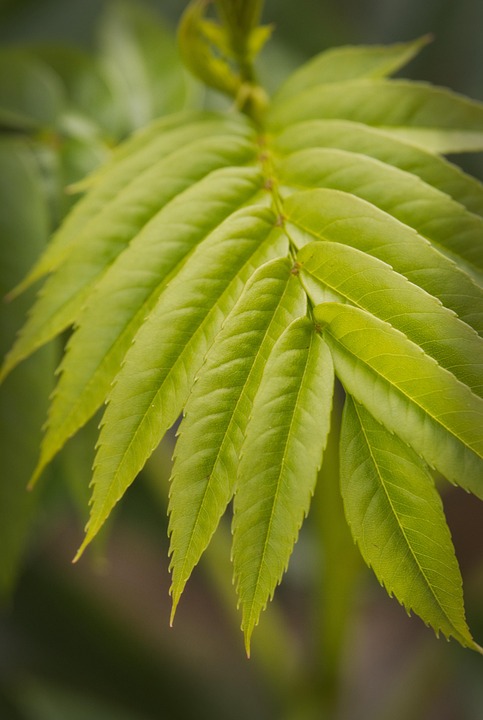
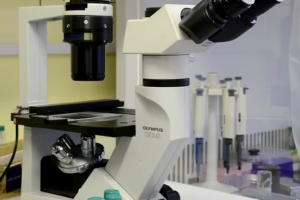

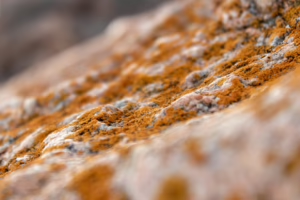
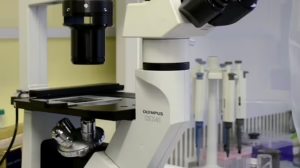

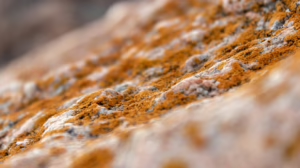




Add Comment